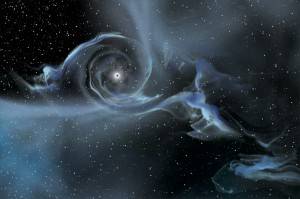Robert_Stephens
Rookie
- Banned
- #1
Mystery Object Neither Star Nor Brown Dwarf | Gemini Observatory
This is quite compelling as they are still connected, yet, defy most definitions for same.
Robert
This is quite compelling as they are still connected, yet, defy most definitions for same.
Robert


